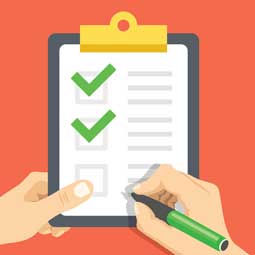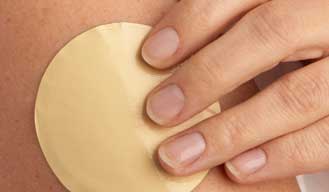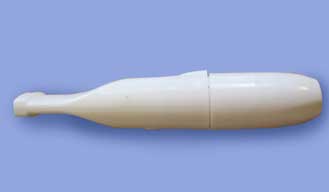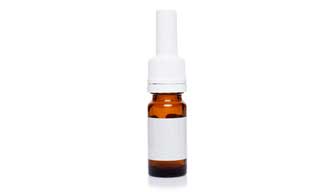Three Reasons to Use Medicines When You Quit
There are seven U.S. Food and Drug Administration (FDA) approved medicines for adults to use when quitting smoking.
- In five of these medicines, nicotine is the active ingredient. Nicotine is the main addictive drug in tobacco that makes quitting so hard. The medicines with nicotine are called nicotine replacement therapies (NRTs). They include the nicotine patch, nicotine gum, nicotine lozenge, nicotine nasal spray, and nicotine inhaler.
- Two pill medicines (varenicline and bupropion) do not contain nicotine and help people stop smoking in other ways. For example, varenicline attaches to the same parts of the brain as nicotine, reducing the urge to smoke. Varenicline also makes cigarette smoking less pleasurable by blocking some of nicotine’s effects.
Quit-smoking medicines work best if you do these simple things:

- ✓ Take them for a long enough time—usually 6 to 12 weeks or longer, depending on the medicine.
- ✓ If using NRT, use enough to relieve your withdrawal symptoms and cravings. This can mean using two NRTs at once.
- ✓ Follow instructions on how to use them correctly.
- ✓ Get some coaching on tips and tools to quit smoking successfully.
- Quit-smoking medicines are not “magic bullets” that guarantee you will quit. The good news is that there are lots of tips that help the medicines work even better and keep you quit!
- Free coaching is also available, including by calling a quitline, such as 1-800-QUIT-NOW.
- Your doctor or other healthcare professional can provide support and ideas for how to quit. They can also help you choose a medicine and give you advice on how to use it so that it really helps.






